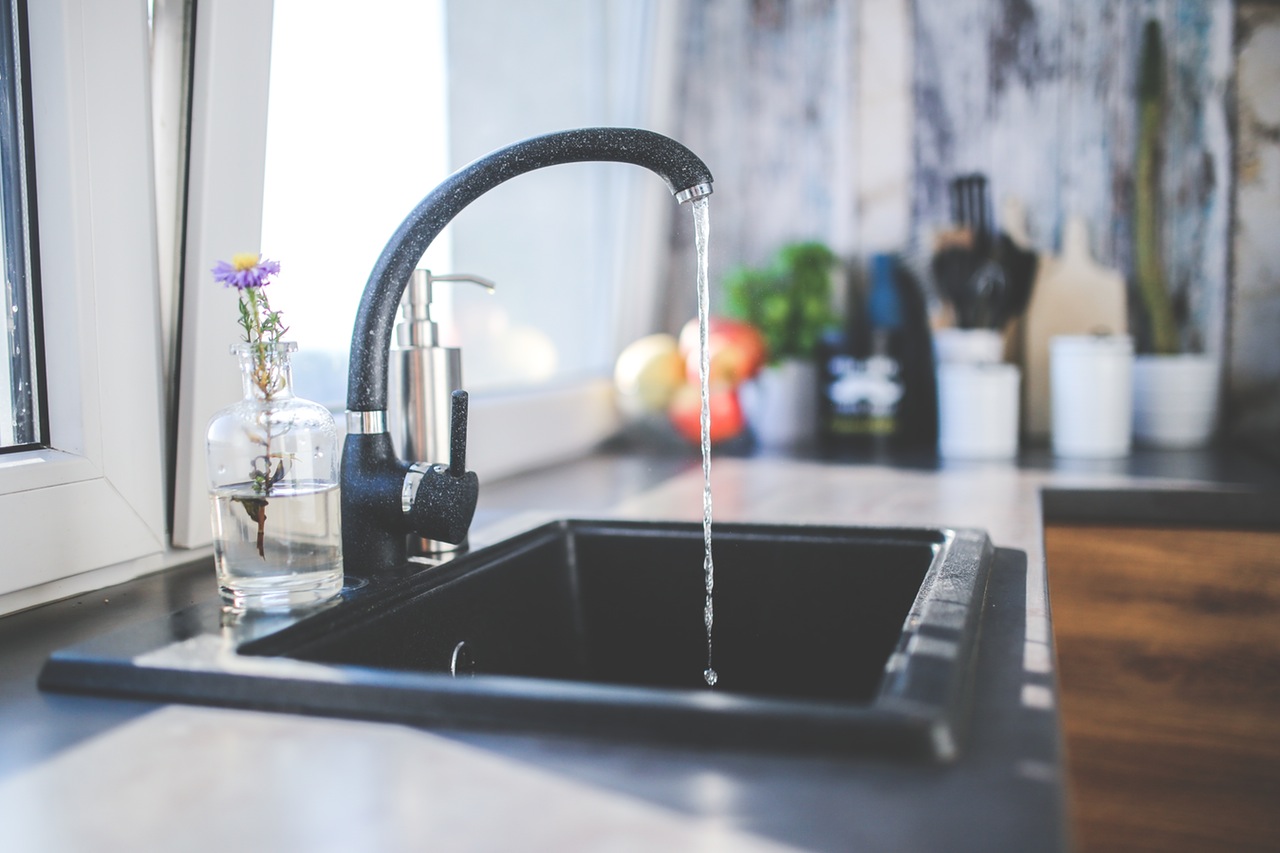How to Create a Cosy and Energy-Efficient Home This Winter

Creating a cosy and energy-efficient home during the winter months is a priority for many. The cold weather outside makes it essential to maintain warmth inside without driving up energy costs. By focusing on effective insulation and smart heating practices, you can achieve both comfort and efficiency in your home.
Upgrade Your Loft Insulation
One of the most effective ways to keep your home warm and reduce energy bills is by upgrading your loft insulation. Heat rises, and without proper insulation, much of it can escape through the roof. This not only makes your home colder but also increases the amount of energy required to maintain a comfortable temperature.
Using loft insulation boards is a practical solution to this issue. These boards provide a solid barrier that helps retain heat within your living space. They are easy to install and offer excellent thermal resistance, ensuring that your home stays warmer for longer. By upgrading your loft insulation, you can make your property more energy efficient using loft insulation boards, ultimately saving money on heating bills while maintaining a cosy atmosphere.
Seal Windows and Doors
Drafts from windows and doors can significantly reduce the warmth in your home, making your heating system work harder than necessary. Ensuring that all gaps and cracks are sealed is an essential step in creating a warm and energy-efficient environment.
You can use weatherstripping or draft excluders to seal gaps around doors and windows. These materials are affordable and easy to apply, providing an immediate improvement in your home’s insulation. Additionally, consider installing heavy curtains or blinds, which can add an extra layer of insulation and help block out cold air.
Maximise the Efficiency of Your Heating System
Your heating system plays a crucial role in maintaining a cosy home during winter. Ensuring that your system is running efficiently can save you money and reduce your environmental impact. Start by having your boiler serviced to ensure it’s operating at peak performance. An annual service can identify and fix any issues that may cause your heating system to work harder than necessary.
Consider installing a programmable thermostat, which allows you to set your heating to come on only when needed. This can prevent wasted energy and keep your home at a consistent, comfortable temperature. Additionally, bleeding your radiators regularly ensures they are working effectively, providing even heat distribution throughout your home.
Insulate Your Floors
Floors can be a significant source of heat loss, particularly in older homes with wooden floorboards. Insulating your floors is an often-overlooked step that can greatly improve your home’s warmth and energy efficiency.
There are several options for floor insulation, including underfloor insulation boards, rugs, and carpets. For homes with accessible crawl spaces or basements, installing insulation beneath the floorboards can provide significant benefits. In rooms where this isn’t possible, using thick carpets or rugs can help retain heat and add a layer of comfort underfoot. This simple step can make a noticeable difference in how warm your home feels during the colder months.





